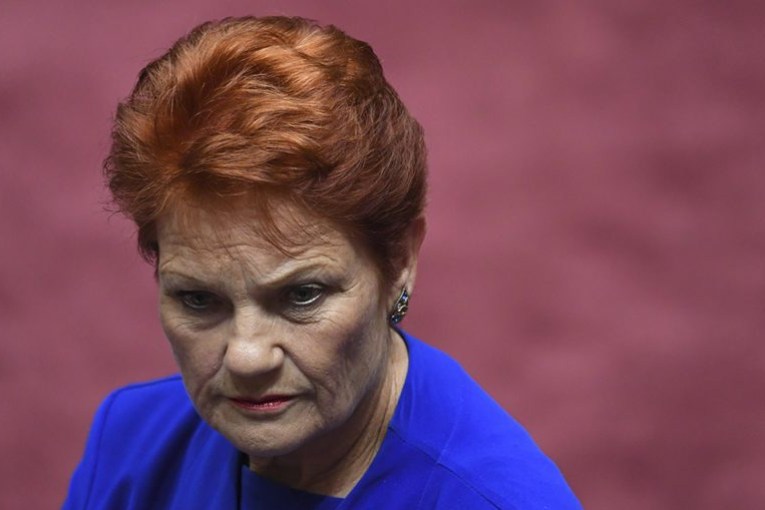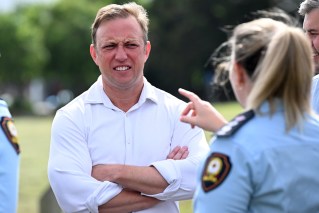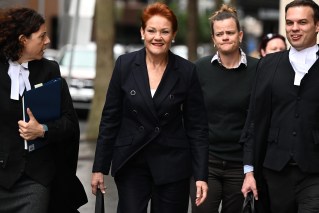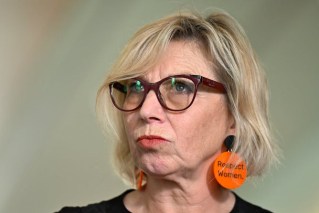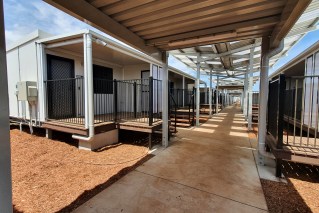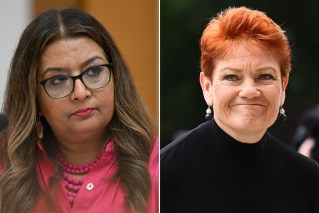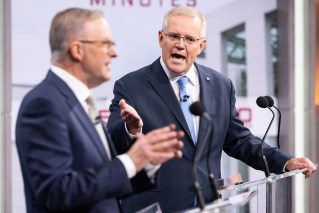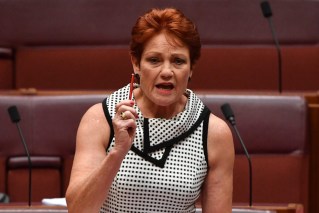A year on from nuclear subs deal, it’s all hands on deck to ensure plain sailing
One year since Australia signed a landmark nuclear submarine deal with the United States and the United Kingdom, the plans are taking shape.
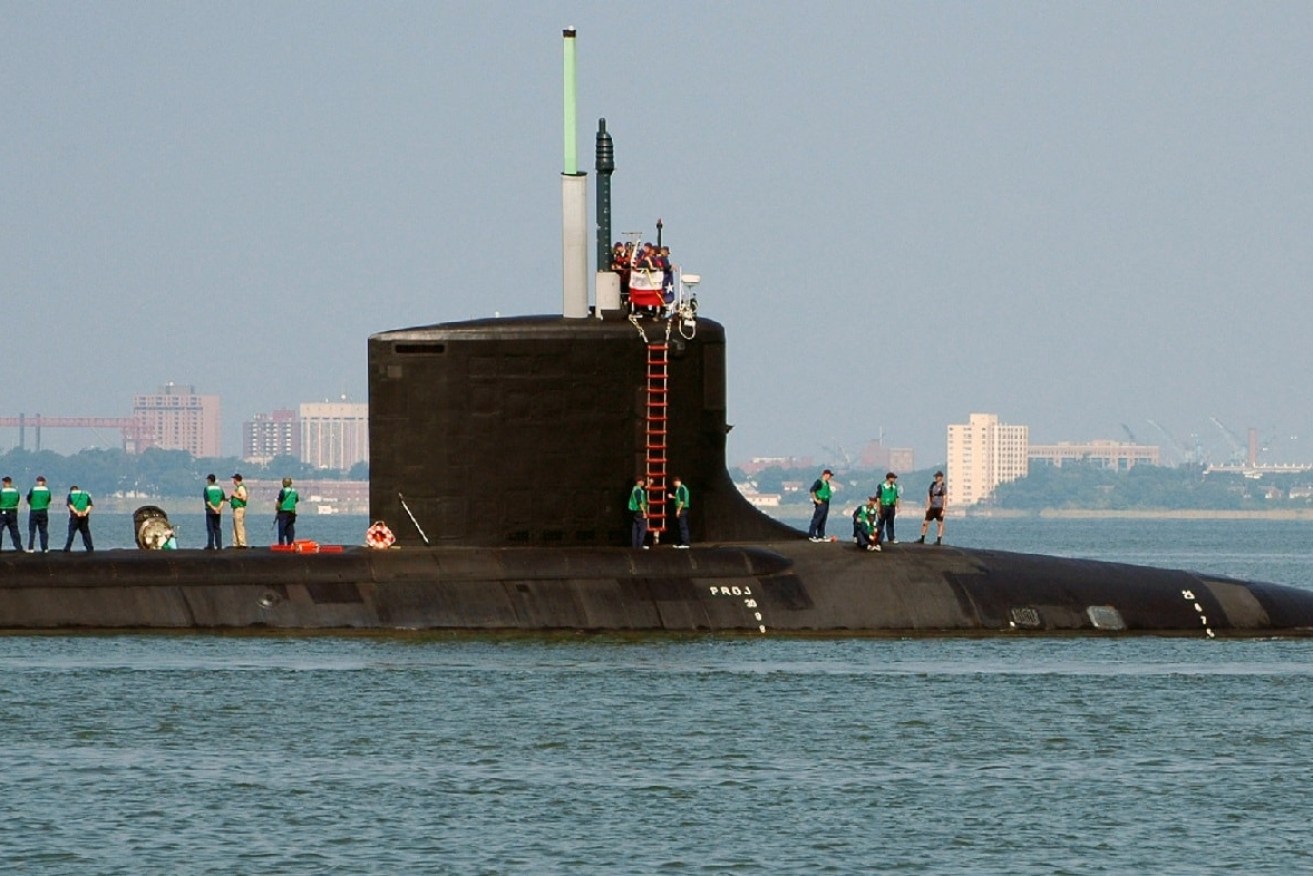
An Australian Navy Vice-Admiral reportedly took his girlfriend for a joyride on a submarine so he could propose to her. (file image)
Acting Prime Minister Richard Marles said it would be “advantageous” for Australia to pick a submarine design which will also be in service with other navies.
Marles, who is also the defence minister, spoke on Friday to mark the first anniversary of the AUKUS security pact, which includes the acquisition of nuclear-powered submarines by Australia.
He said the government was “very mindful” the nation needed to get the capability “as soon as possible” with the ageing Collins-class fleet due to retire.
“We are very mindful that it would be advantageous to be operating a submarine which is being operated elsewhere as well,” he told the ABC.
“It’s very important that as we go forward, the submarine capability that we have is one which is being operated by at least one other country so that we have a shared sustainment base and we have a shared experience of that.”
Marles said the past 10 years were a “wasted decade” during which Australia should have focused on what its next capability would be.
The Morrison government announced the three-way pact on September 16 last year, creating the framework for Australia to access coveted nuclear secrets from Britain and the US.
Australia has since taken the first steps to develop a domestic industry.
Local crews will train on UK submarines while defence officials participate in nuclear reactor courses and universities teach engineers and scientists.
“The optimal pathway is taking shape. We can now begin to see it,” Marles said.
Australia controversially scrapped a French submarine deal in favour of the AUKUS agreement.
Australia is also working to quell international concerns about adherence to a nuclear non-proliferation treaty.
The global agreement is designed to stop the spread of nuclear weapons.
A recent report by the United Nations’ nuclear watchdog said it was satisfied with the three-country deal.
China was quick to attack the report’s findings as “misleading”.
“The report turns a blind eye to many countries’ solemn position that the AUKUS cooperation violates the purpose and object of the NPT (non-proliferation treaty),” Foreign Ministry spokeswoman Mao Ning said.
Navy Vice Admiral Jonathon Mead, the nuclear submarine project lead, is confident Australia will be able to operate the vessels without relying on the US or Britain.
This design will be similar to how Australia operates its existing submarine fleet, which uses a US combat system.
Local personnel maintain a working understanding of the submarine systems and can be briefed by US counterparts on any major issues that arise.
For its nuclear-powered fleet, Australia is looking to ramp up its industrial base and prove to the US and Britain that submarines can be built and maintained in the country.
The government remains on track to finalise its submarine strategy by March following an 18-month consultation period about which model to purchase.
This process has run alongside a review of Australia’s defence spending priorities and capability gaps.
Vice Admiral Mead has identified land in South Australia to be used for the submarine project and is in discussions with the state government to develop a local workforce strategy.
